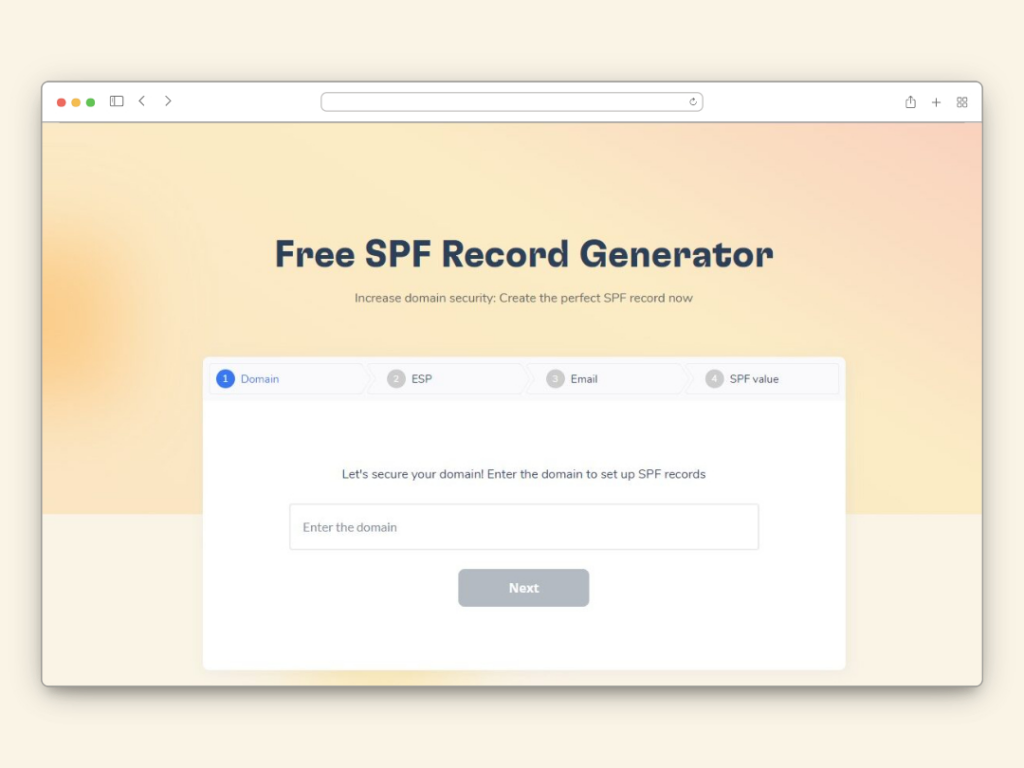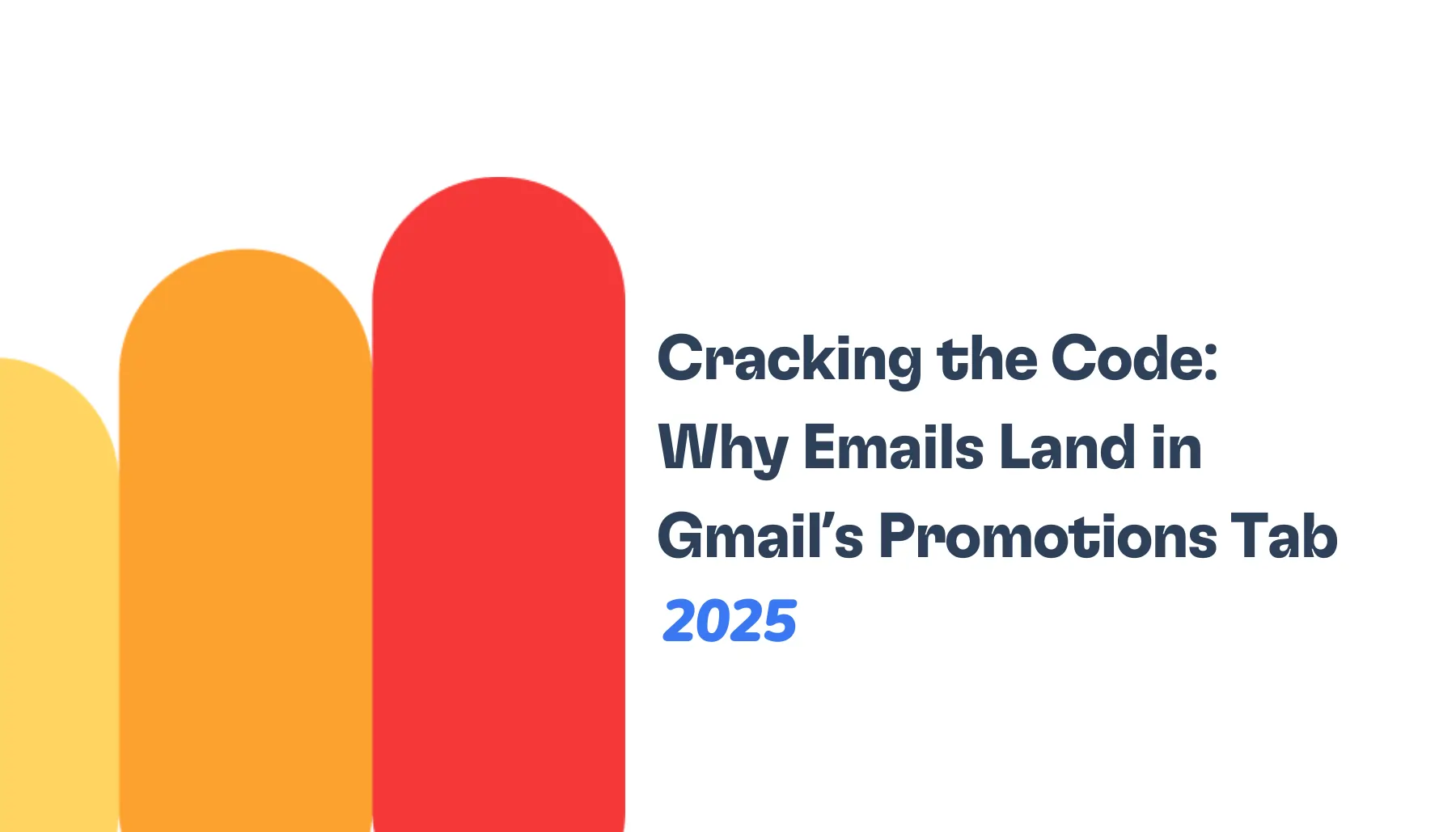Can you remember the last thing you wanted to buy? Take a minute to think back to the moment leading up to the actual purchase. What did you do first? Chances are, you talked to people who made similar purchases. But knowing that someone bought the same thing (and is happy with their decision) is almost guaranteed to drastically increase your likelihood of doing so too. So how do you use this information?
You can’t sit around and hope all prospects will consult your past and current clients in order to buy from you. Instead, what you can do is leverage social proof in your cold outreach to build trust with potential clients.
What is social proof?
Social proof is a term that comes from Consumer Psychology. Put simply, it means that you provide proof that your clients are satisfied. These are reviews, case studies, client testimonials, etc. In this article, we’ll cover all the different methods you can leverage social proof within your cold outreach strategy for driving your sales.
Types of social proof you can use in cold emails
Not all social proof is created equal and not all will make sense for your business. Once you know what your options are, you can strategize depending on how your business can shine the brightest.
Client logos and recognizable brand names
If you’ve worked or are currently working with well-known companies, showcasing their names or logos immediately boosts credibility.
You’ll notice this in most websites—there’s either a carousel of logos, or a section with a “Trusted by these brands” section. In the Warmy website, for example, we have “Over 7,000 businesses trust Warmy” followed by numerous logos. When it comes to cold emails, you can mention how you’ve helped these clients reach specific results.
Testimonials and customer reviews
People trust people. One short quote from a satisfied customer can instantly add credibility. Ideally, choose testimonials from businesses in the same industry or with similar pain points as your prospect.
Social media mentions and user-generated content
If people are talking about your company online, use this to your advantage. Highlight positive feedback you have received—the more genuine and unfiltered it looks, the better!
Data and numbers that demonstrate results
If you have impressive stats, flaunt them! You deserve it. Numbers make your claims more tangible and help prospects understand the potential success they can experience when they work with you.
Case studies and success stories
An email with a case study screams value, and it just hits differently. When you include a case study, you’re giving your potential customers an inside look. You’re letting them see how you work with your clients and how you’ve helped them succeed. In cold emails, you can mention a short version of a case study, or link to the full case study on your website.
4 common mistakes to avoid when using social proof in cold emails
Once you grasp the idea of social proof it can be tempting to jump into it headfirst. However, let us offer a word of caution. Before you go and tell the world all about your happy clients and the admirable results you have achieved for them, take a moment to consider the pitfalls ahead. Here are some common mistakes when leveraging social proof in cold emails:
1. Overloading the email with too much proof
There’s such a thing as overdoing something. Remember that you are engaging with a cold audience. The point of your email is to hook them in, and not give them a detailed breakdown of your business.
Inserting too many testimonials, case studies, or statistics all at once can cause overwhelm. Instead of making a good first impression, you may end up turning them away.
2. Using irrelevant proof
We said this earlier but it’s always worth repeating: Not all social proof carries the same weight. If your prospect runs a niche B2B SaaS company, a testimonial from an eCommerce store won’t be as convincing. Including this in your cold email will make it look generic, as if you didn’t put in the effort to personalize your outreach. Aim to align your proof with their industry, business model, or specific pain points as much as possible.
3. Fake or vague claims
Trust is built on authenticity. Over-exaggerated or generic statements like “We’re the best in the industry” or “We’ve helped thousands of companies” don’t mean much if they can’t be verified. Today’s buyers are skeptical. Instead of overselling, try to approach from a place of help. Make it about them, and not all about you.
4. Lack of follow-up information
Even the most well-crafted cold email will not be enough if you rely on just a single email to carry the load of your entire sales process. We’re not just talking about follow-up emails. Wherever possible, link to external sources, case studies, and other materials.
Social proof and email deliverability: a match made in digital heaven
While social proof is great and has many benefits, it will only work if your email actually gets read. And your emails will only get read if they land in the inbox.
It’s time for some cold, hard truth: Even the most compelling social proof won’t matter if your emails don’t land in the inbox. Without proper email warmup and deliverability optimization, even the best outreach campaigns are doomed to fail.
This is where email deliverability comes into play. Your sender reputation, domain health, and email engagement rates all influence whether your outreach reaches potential clients or gets lost in spam filters.
Use Warmy.io to leverage social proof and make your outreach strategy unstoppable
Warmy.io ensures your emails land where they should—the inbox. By using Warmy’s email warmup tool, advanced seed lists, and deliverability monitoring, you can improve sender reputation, reduce bounce rates, and maximize the visibility of your cold outreach.
Here’s how you can use Warmy to start seeing changes in your outreach:
Free email deliverability test

It all starts with knowing what’s working and what’s not. Get valuable insights on how likely your emails are going to be delivered successfully to your target recipients’ inboxes. The free email deliverability test also shows you the respective percentages of emails landing in spam, promotions, inbox, etc. Plus, it will also show you if your domain or IP has been blacklisted—and where.
SPF and DMARC record generators

Warmy.io provides these tools for free to help businesses ensure compliance with email security standards. Remember that SPF and DMARC records are important—they are responsible for verifying that your domain is legitimate and credible. Simply head over to our free SPF Record Generator or Free DMARC Record Generator so you can get the records you need.
With Warmy.io, you don’t have to worry about whether your emails will be seen. Try Warmy today and ensure your cold emails not only reach the inbox but also get the engagement they deserve.
Start improving your email deliverability now by Signing up for a free trial at Warmy.io.











